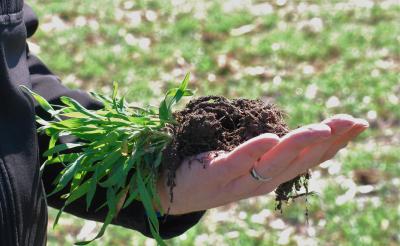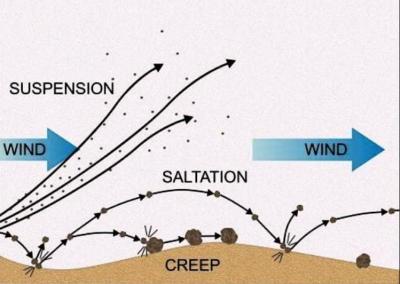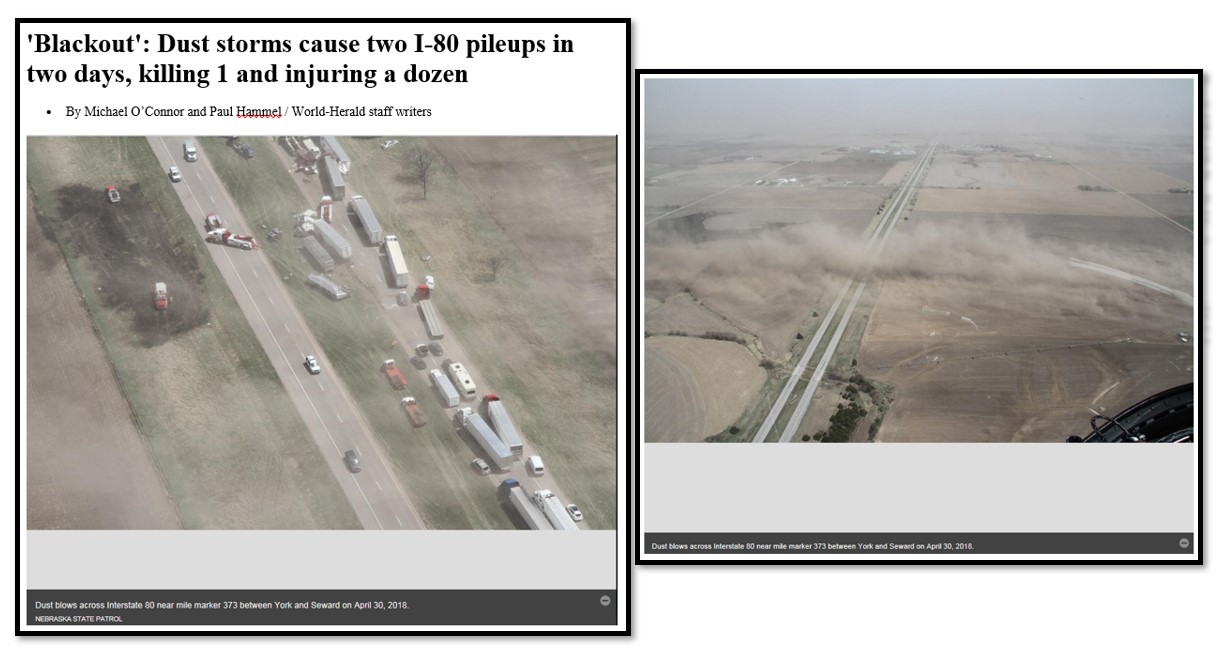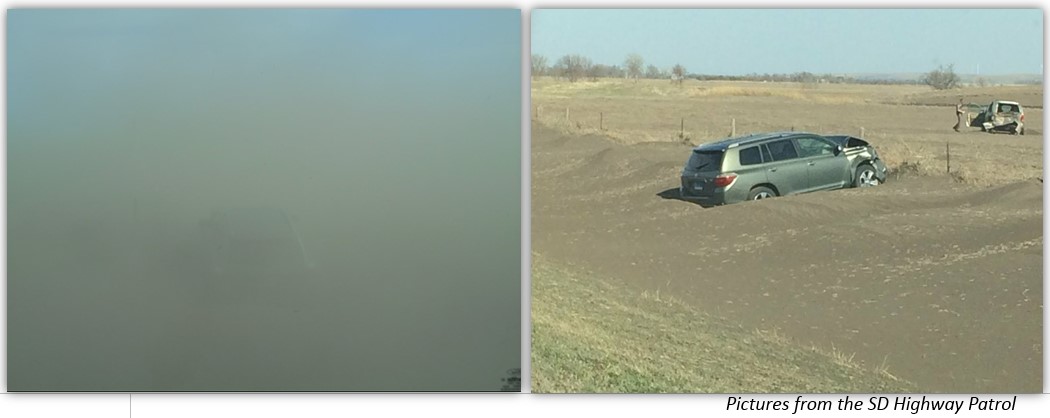This training is designed to provide field level conservationists and resource soil scientists with an overall understanding of soil health and sustainability principles to guide them with recommendations for land management. Upon completion of this course, participants will be able to:
- Evaluate soil health
- Have an understanding of soil quality/soil health indicators and their relationship to onsite/offsite effects of management
- Communicate soil health concerns to employees, partners and land managers through conservation technical assistance and planning that complies with national policy
- Apply soil health and sustainability principles and conservation technology holistically to supply safe, healthy and abundant food and fiber and sustain ecosystem functions on agricultural lands
This course has been approved as “NEDC equivalent” and meets the soil health training needs associated with Conservation Planning Certification Requirements.
Prerequisites:
Two Webinars: These webinars were presented live on June 4th and 6th. Participating in both webinars (or watching the recorded version after) is required prior to attending the classroom and field sessions.
Webinar instructions for course credit:
- To receive credit for participating in each webinar, you will need to enter your name and email address at the beginning of the replay of each recorded event.
- When they get to quiz questions, you will not be able to interact with the question that shows on the WebEx screen (recorded screen), but if you wait until Kristin gets done reading the question and the multiple choice answers, you will see a “Take Quiz Now” box on their screen.
- When you click on “take quiz now”, you will be able to answer the question, submit your answer, and then select continue. It will bring you back to the recorded WebEx.
- Once you finish the course, your name, your email address, and your answers will be recorded. Please do not worry if you do not know the correct answer or if you get a question wrong! This is only the very beginning of the course.
Webinar 1: In webinar 1, we cover the basics of soil health, go into detail about the principles of soil health, and discuss indicators of soil health and resource concerns.
Soil Health webinar #1 (modules 1-3)
Training attendees are encouraged to print out a copy of the PowerPoint slides and bring them with to the field training:
- Module 1 - Intro to Soil Health (pdf)
- Module 2 - Soil Health Principles (pdf)
- Module 3 - Resource Concerns and Soil Health Indicators (pdf)
Webinar 2: In Webinar 2, we will cover the biology of soil and ecological management of soil.
Soil Health webinar #2 (modules 4-5)
Training attendees are encouraged to print out a copy of the PowerPoint slides and bring them with to the field training:
In the Field
- Module 6 - Cover Crop Management (pdf)
- Module 7 - Grazing Cropland and Grasslands (pdf)
- Module 8 - Social and Economic Considerations (pdf)
- Module 9 - Strategizing and Implementing a Soil Health Monitoring System (pdf)
Day 1 – Classroom
Objectives:
- Review of webinar content
- List benefits of cover crops on soil function
- Identify the different plant functional groups
- Describe regional management challenges and opportunities
- Plan an entry level and more complex cover crop system
- Describe advantages and disadvantages of grazing for soil health
- Describe how grazing covers can affect animal health and soil function
- Explain management strategies for grazing cover crops and avoiding compaction
- Describe common challenges involved during the transition to Soil Health Management Systems
- List the short and long-term costs and benefits of core soil health practices
Day 2 – Field
Objectives:
- Learn how to apply and interpret soil health assessments
- Compare and contrast chemical, physical and biological indicators of soil health on a conventionally tilled field vs. a field with a soil health system in place
- Discuss potential challenges producers may face when transitioning to a Soil Health Management System
- Describe the potential synergies between practices in a Soil Health Management System
- Describe entry-level strategies for developing a Soil Health Management System
- Develop a Soil Health Management strategy for a given scenario
- Evaluate the impacts of implementing a Soil Health Management System
- Present a plan from your given scenario
Additional materials (optional reading/viewing)
Soil-specific materials:
- Advanced Soil Organic Matter Management (pdf)
- Agronomy Guide Sheet - A Strategy to Improve Soil Health in a Southern Minnesota Corn-Soybean System (pdf)
- Carbon to Nitrogen Ratios in Cropping Systems (pdf)
- Farming in the 21st Century - A Practical Approach to Soil Health (pdf)
- Field Stations Visual Aids (pdf)
- Fluffy soil syndrome: When tilled soil does not settle (pdf)
- Principles for High Functioning Soils (pdf)
- Soil Health Education & Resource Guide 5th Edition (pdf)
- The Dust Bowl - H.H. Bennett and the SCS (pdf)
- Understanding and Enhancing Soil Biological Health (pdf)
- Understanding Soil Microbes and Nutrient Recycling (pdf)
- Understanding Nitrogen in Soils (pdf)
Earthworms:
- ‘Earthworm Dilemma’ Has Climate Scientists Racing to Keep Up
- MN Earthworms web page
- European vs Asian Earthworms
- The Global Earthworm Invasion
- Earthworms are bait. They're also a nightmare for healthy Minnesota forests
Healthy Trees:
- Dr. Suzanne Simard, Professor of Forest Ecology, University of British Columbia, featured in the documentary “Intelligent Trees”
- How trees talk to each other






